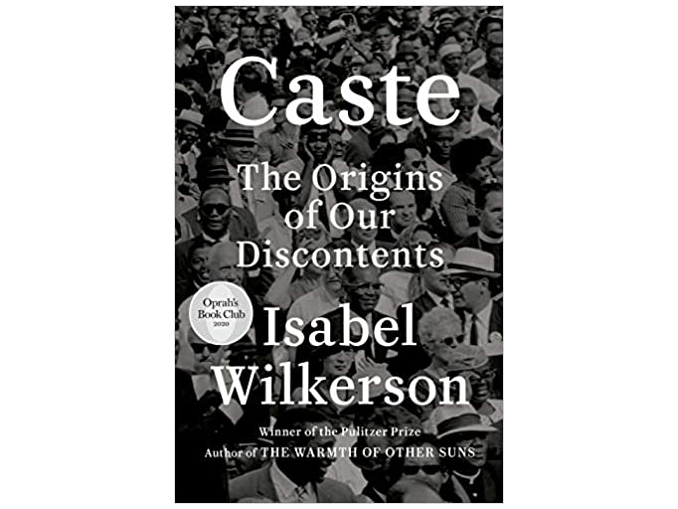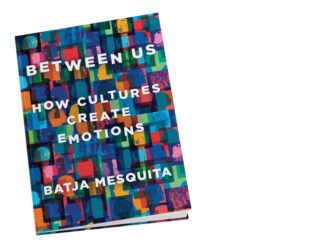by Isabel Wilkerson, Random House, 2020
The desire to categorize is innately human. As toddlers, we initially learn to process information by sorting and grouping colors and shapes that “go together.” We then progress to the game where we are shown four items and need to pick out the “one that is not like the other.” In the United States, we have been programmed to use a racial prism as one of the starting points to process information and experiences. As someone who has designed and conducted research in thirty-plus countries on five continents, it was an awakening to see that while in the United States we may think it is “natural” and “normal” to use racial categorization as a dominant categorizer, in most of the world the role of race is viewed differently.
To illuminate this point, two of Isabel Wilkerson’s references in Caste have stayed with me. The first was from James Baldwin, the eminent American Black novelist and essayist who explored class distinctions, and who pointed out that immigrants to the United States were initially categorized by the country they emigrated from, with the country they emigrated from being a stand-in for what rung in the social ladder the person should be slotted into. As Baldwin said, “No one was white before he/she came to America.” In the second reference, Wilkerson, in conversation with a Nigerian playwright, was initially shocked to hear him say that “Black” was not a racial category in Africa because, “You know that there are no black people in Africa.”
In Wilkerson’s previous book, The Warmth of Other Suns, she used the detailed life stories of three different Black Americans and their families to provide insight into the Jim Crow world and the impact on the six million Black people who migrated from the southern United States to the northern United States cities from the 1920s through the 1970s.
In her follow-up book, Caste, Wilkerson, a Pulitzer Prize-winning author, presents a powerfully written, deeply researched argument to provide context for how racial categories were used in the United States to create a uniquely American caste system. Wilkerson says a caste system’s goal is to, “Stigmatiz(e) those deemed inferior to justify the dehumanization necessary to keep the lowest-ranked people at the bottom and to rationalize the protocols of enforcement. A caste system endures because it is often justified as divine will, originating from sacred text or the presumed laws of nature, reinforced throughout the culture and passed through the generations.” Wilkerson further argues, “Race does the heavy lifting for a caste system that demands a means of human division.”
As Wilkerson builds her argument about why we need to reframe our understanding of the use of race in the U.S. as a caste system, she references two other major caste systems: the millennia-old caste system of India and the one used by Nazi Germany. Shockingly, Wilkerson takes us through a very detailed exploration of how the Nazis, beginning in the early 1930s, studied and openly referenced the racist Jim Crow laws of the U.S. South, including the belief in eugenics among many in the U.S. upper class, as a template for many of the Nazi racial dictates.
While some may push back on the idea of racial divides in the United States being comparable to a caste system, Wilkerson shares Martin Luther King, Jr.’s experience visiting India. King commented to his host, who was from the “untouchable/lowest caste,” that India’s caste system could not happen in the U.S. and was then shocked by his host’s response, “I am an untouchable, and every Negro in the United States of America is untouchable.” Sometimes it takes someone from outside your bubble to see what you cannot see.
This review only touches the surface of the material covered in Caste. By writing Caste, Wilkerson forces us to confront the true underpinning of American society’s focus on placing people into racial categories. Caste moves the discussion from being whether someone is racist or nonracist to one that also includes the need to have a better understanding of why Americans even think that way.
“Race does the heavy lifting for a caste system that demands a means of human division. If we have been trained to see humans in the language of race, then caste is the underlying grammar that we encode as children, as when learning our mother tongue . . . an invisible guide . . . how we process information, the automatic calculations that figure into a sentence without having to think about it.”
—An excerpt from Caste: The Origins of Our Discontents





Be the first to comment